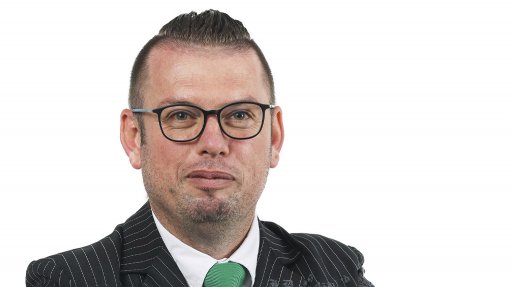
By Johan Potgieter, Cluster Industrial Software Lead at Schneider Electric
In Sci-Fi, the Grandfather Paradox hypothesises that if one should travel into the past and change certain key events, the future will also be changed or even become unrecognisable. But what if we turn this hypothesis on its head, defining a desirable future and then reverse engineer the requisite actions to achieve this future.
Unlike the Grandfather Paradox which, as far as we know, only lives in Sci-Fi movies and novels, backcasting is completely possible. In fact, the fundamentals of backcasting were outlined by Professor John B. Robinson from the University of Waterloo almost 35 years ago.
In essence, backcasting begins with the end goal and then works backwards, which is counterintuitive to traditional forecasting which extrapolates from the past to predict the future.
In 2014, futurist speaker, Thomas Frey presented eight backcasting scenarios to understand the future better. These scenarios included imagining controlling a hurricane or someone living past the age of 200, and then working backward to determine what technologies, policies, and operational plans would be needed to make these scenarios a reality.
Backcasting in practice
How would backcasting work in real life and particularly within an organisational structure? For one, the desired future needs to be defined. Here, it’s important to encourage people to envision how they see an organisation’s future. Therefore, what does it success look like and what will be the desired achievements?
The next, equally important step is getting organisational buy-in. A team needs to be allocated to work on the backcasting and identify the sequential steps needed to reach the desired future state. Emphasis should be placed on making the backcasting process practical, logical and achievable.
Next, and which reiterates the above, is creating a logical pathway from the envisioned future back to the present. What specific actions must be taken reach each stage and how do these connect?
Backcasting works. Here are some practical examples of how backcasting can benefit organisations:
- Ownership and buy-in - when stakeholders actively participate in developing a plan, they feel a sense of ownership. Backcasting empowers them to shape their own future, increasing commitment to implementation.
- Logical sequencing - backcasting breaks down ambitious goals into practical steps. It transforms seemingly distant objectives into actionable tasks, making the journey more manageable.
- By aligning actions with the desired future, backcasting ensures that every effort contributes directly to the organisation's success. It eliminates wasted efforts and keeps everyone on track.
- Adaptability - backcasting allows flexibility. As circumstances change, adjustments can be made without losing sight of the ultimate goal.
Henry Ford said: “If I had asked people what they wanted, they would have said faster horses.” What we take from this is that backcasting doesn’t provide quick fixes to fundamental organisational problems. What it does is establish a path for creative innovation that is goal orientated and downright exciting, which is good for any company morale.